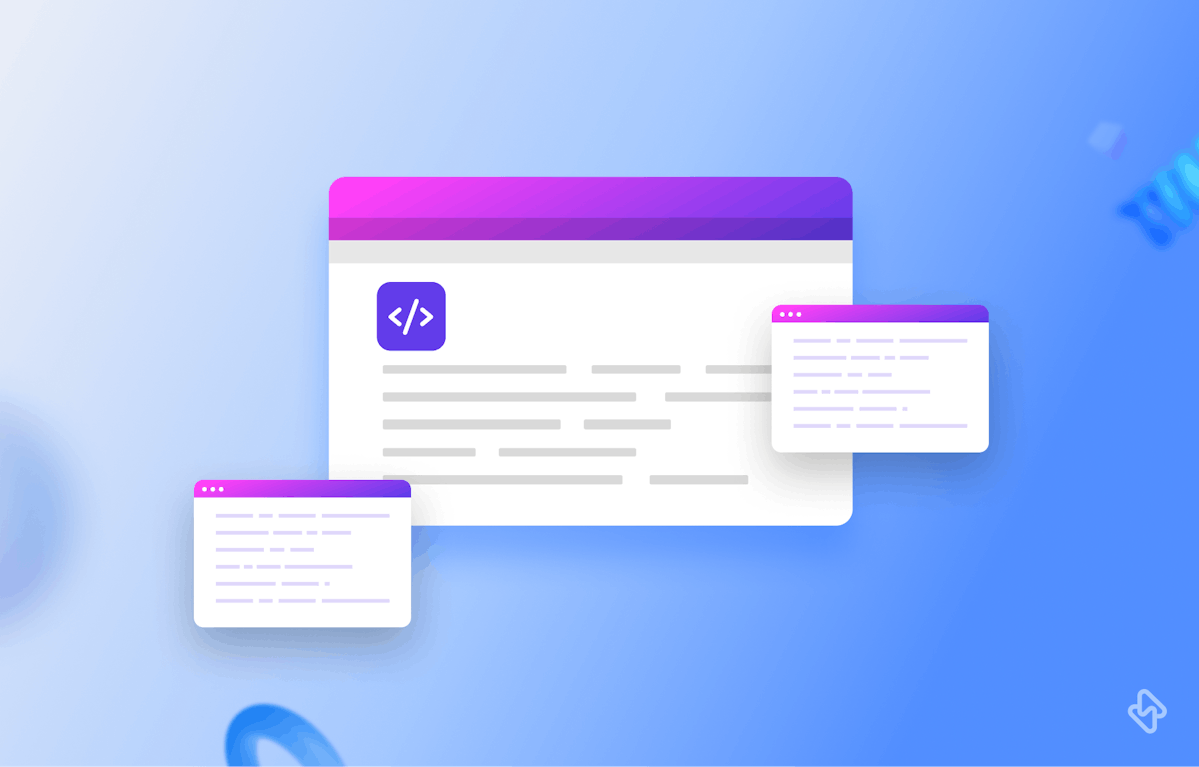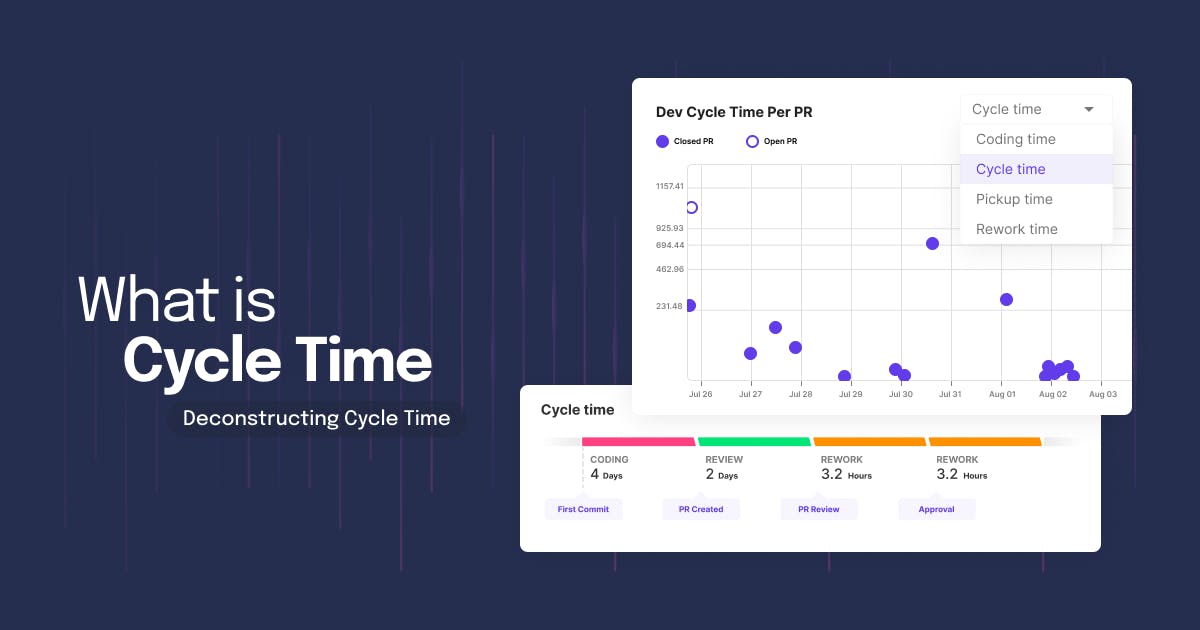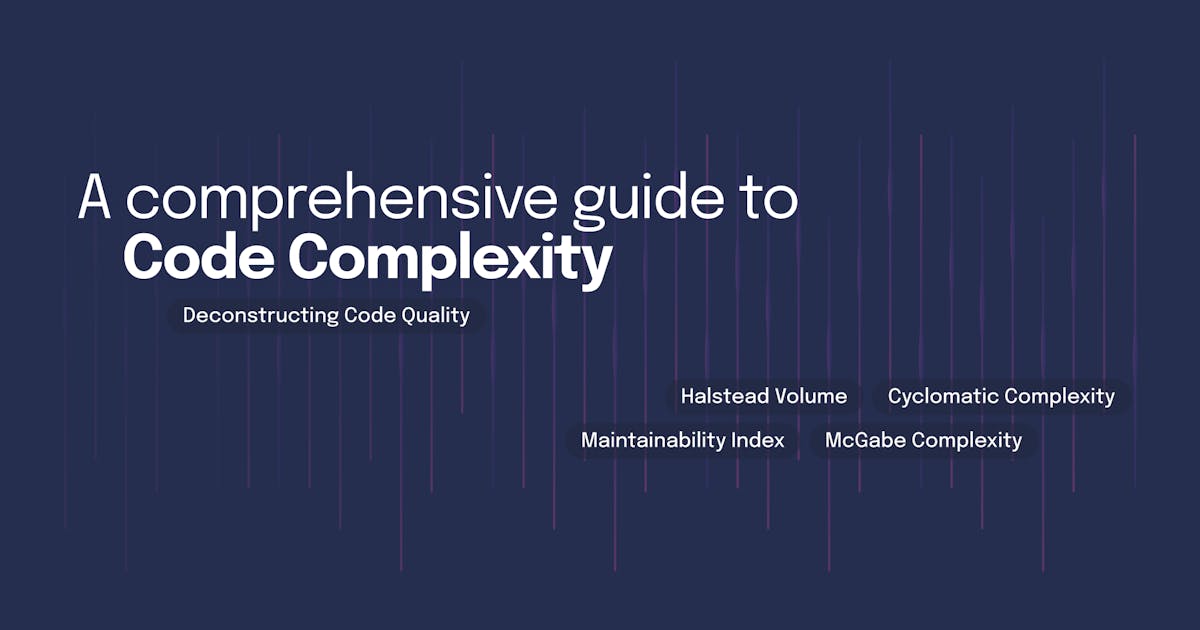Effective code documentation is essential for fostering collaboration, enhancing maintainability, and facilitating the understanding of software projects. By documenting code properly, developers can save time, reduce errors, and improve the overall quality of their work.
In this article, we will explore some best practices for code documentation that can help developers create clear, concise, and valuable documentation. Let's get started.
10 Best Code Documentation Practices
1. Use Meaningful Comments
Comments play a vital role in code documentation. Use comments to explain the purpose, logic, and functionality of the code. Follow these guidelines:
- Comment strategically: Focus on complex or non-obvious sections of code rather than restating the obvious.
- Keep comments up to date: Update comments whenever you modify the code to avoid inconsistencies.
- Write self-explanatory comments: Aim for clear and concise comments that provide insights into the code's intention.
2. Document Function and Method Signatures
Clearly document the purpose, parameters, and return values of functions and methods. Use descriptive names and follow a consistent style for parameters and return value descriptions. Consider using tools like Javadoc, Sphinx, or Doxygen to generate documentation from method signatures automatically.
3. Write Comprehensive API Documentation
If your code exposes an API, comprehensive documentation is crucial. Include an overview, usage examples, and detailed descriptions for all available methods, classes, and modules. Consider using industry-standard formats like OpenAPI or Swagger to document RESTful APIs, enabling automated generation of client libraries and testing tools.
4. Use Markdown or Structured Markup
Choose a markup language like Markdown or reStructuredText to write your documentation. These languages provide a simple and readable syntax for adding formatting, headings, lists, and code snippets. Use headings to structure your documentation and make it easier to navigate.
5. Document Assumptions and Constraints
Clarify any assumptions, limitations, or constraints associated with the code. Describe the supported environments, dependencies, and prerequisites. By setting expectations upfront, you help users avoid common pitfalls and prevent compatibility issues.
6. Maintain a Change Log
Keep a detailed record of changes made to the codebase, including bug fixes, feature additions, and improvements. The change log serves as a valuable reference for understanding the evolution of the code and helps developers assess the impact of updates on their code.
7. Document Complex Algorithms and Design Patterns
For intricate algorithms or design patterns, provide a high-level explanation of the approach and the problem it solves. Illustrate the steps involved and include references to relevant research papers or resources for further reading.
8. Include Inline Comments Strategically
Apart from comments at the method or function level, consider using inline comments judiciously to clarify complex code sections or non-obvious decisions. Inline comments should explain why a certain approach was chosen, not what the code does (which should be evident from the code itself).
9. Automate Documentation Generation
Leverage tools and frameworks that automate the generation of documentation from code. Popular options include Javadoc for Java, Sphinx for Python, and JSDoc for JavaScript. These tools extract information from code and generate documentation in various formats, saving time and ensuring consistency.
10. Include Tutorials and Examples
Provide practical examples and tutorials to guide users through your code. Demonstrate how to use various features, explain common use cases, and include sample code snippets. Well-crafted examples help users understand the code's purpose and encourage best practices.
Strategies to Overcome the Challenges Stemming From Poor Code Documentation
Developers often encounter challenges when working with a codebase or project that has poorly used documentation. Here are some common issues and strategies for managing such situations:
1. Understanding the Code
When faced with inadequate documentation, it becomes essential to rely on the code itself to gain understanding. Start by reviewing the codebase, examining variable names, function signatures, and the overall structure. Look for patterns and conventions within the code that can provide insights into its functionality.
2. Collaborate and Communicate
Engage with the original developers or other team members who have worked on the codebase. Discuss specific areas of confusion or seek clarification on the code's behavior. Regular communication can help fill gaps in knowledge and improve understanding.
3. Reverse Engineering and Experimentation
In cases where documentation is severely lacking, resort to reverse engineering techniques. This involves analyzing the code's behavior through debugging, logging, and stepping through execution. Experimentation with different inputs and scenarios can help uncover the intended functionality.
4. Gradual Documentation Improvement
As you gain a better understanding of the codebase, document your findings and insights. Start by updating existing comments or adding new ones to explain complex sections or provide context. Gradually enhance the documentation to help future developers comprehend the codebase more easily.
5. Adopt Self-Documenting Practices
Introduce self-documenting practices by refactoring the codebase to improve readability and clarity. Renaming variables and functions to be more descriptive, breaking down complex logic into smaller, more manageable units, and eliminating redundant or ambiguous code can go a long way in enhancing the code's self-explanatory nature.
6. Document Workarounds and Known Issues
While striving to improve documentation, also capture workarounds for known issues or limitations in the codebase. This information can help other developers avoid pitfalls and navigate around areas of the code that may require special attention.
Saving Time, Reducing Errors: Proper Code Documentation
Code documentation is a crucial aspect of software development that should not be overlooked. By adopting the best practices outlined in this article, developers can create clear, concise, and valuable documentation that improves collaboration, enhances maintainability, and aids in the understanding of complex codebases. Remember, well-documented code is not only beneficial for current developers but also for future developers who will maintain and build upon the codebase.
[Read More: 8 Ways to Write Better Code with GitHub copilot]
TL;DR
Clear and concise code documentation is crucial for collaboration, maintainability, and understanding. Follow these best practices:
FAQs
1. What is the Best Way to Document Your Code?
Choose clear and descriptive names for variables, functions, and classes. Add brief inline comments for tricky code and detailed block comments for larger sections. In Python, use docstrings to describe modules, classes, and functions. This makes your code easier to understand and maintain.
2. What Are the Tools to Document Your Code?
Use built-in documentation tools in IDEs like VSCode or PyCharm. Utilize docstring conventions like reStructuredText or Google Style in Python. Employ documentation generators like Javadoc, Doxygen, or Sphinx. Create README.md files and other Markdown documentation for project overviews. Use wikis like GitHub Wiki or Confluence for comprehensive documentation.






